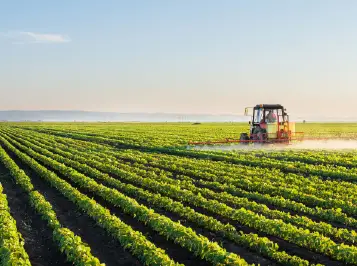Hydraulic directional valves are crucial in agriculture for controlling the flow of hydraulic fluid in machinery. They direct the fluid between hydraulic pumps and actuators, like cylinders or motors, to control movement. In tractors or harvesters, for example, these valves help control attachments like plows or loaders, allowing for precise movements and adjustments, improving efficiency and productivity in the field.
Hydraulic directional valves are suited for different tasks. They can be manually operated, or controlled electrically or hydraulically, providing flexibility. In agricultural machinery, these valves are vital for tasks such as lifting, lowering, or tilting implements, controlling the speed and direction of motors, or managing the flow to different parts of the equipment. This precise control enhances the versatility and performance of agricultural machinery, making farming operations more efficient.
- Control Fluid Flow: They manage the flow of hydraulic fluid in machinery.
- Direct Fluid: Guide fluid between pumps and actuators like cylinders or motors.
- Control Movement: Regulate movement in attachments like plows or loaders.
- Precise Adjustments: Allow for precise movements and adjustments of machinery.
- Enhance Efficiency: Improve efficiency in a field.
- Various Types: Come in spool, poppet, or rotary types for different tasks.
- Operation Methods: Can be manually operated or controlled electrically or hydraulically.
- Versatility: Provide flexibility in controlling different parts of agricultural equipment.
- Task Management: Vital for lifting, lowering, tilting, and controlling motors.
- Improve Performance: Enhance the versatility and performance of agricultural machinery.

